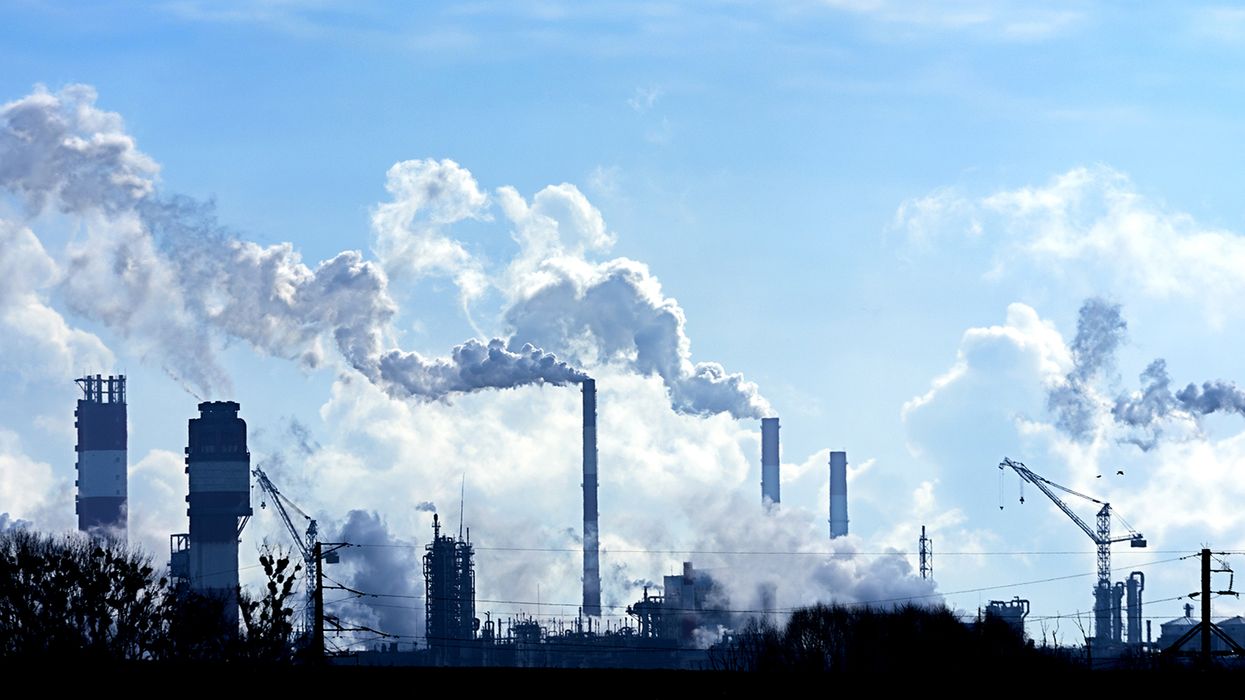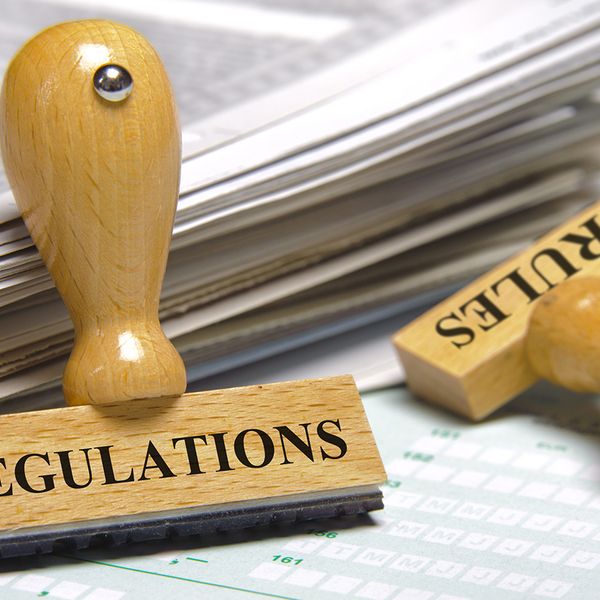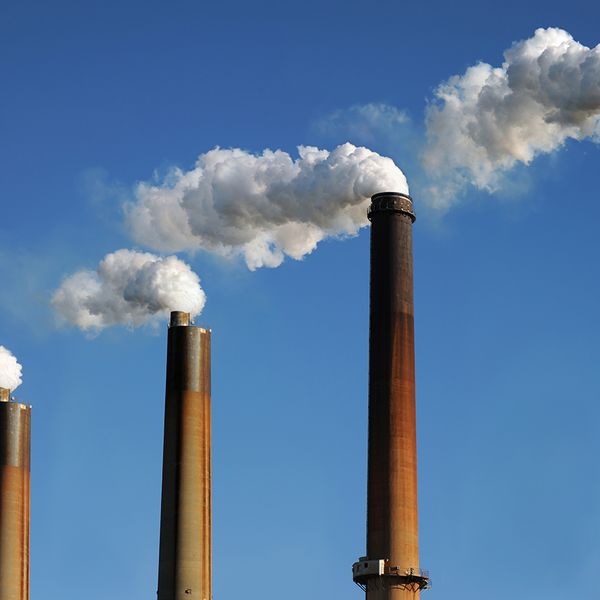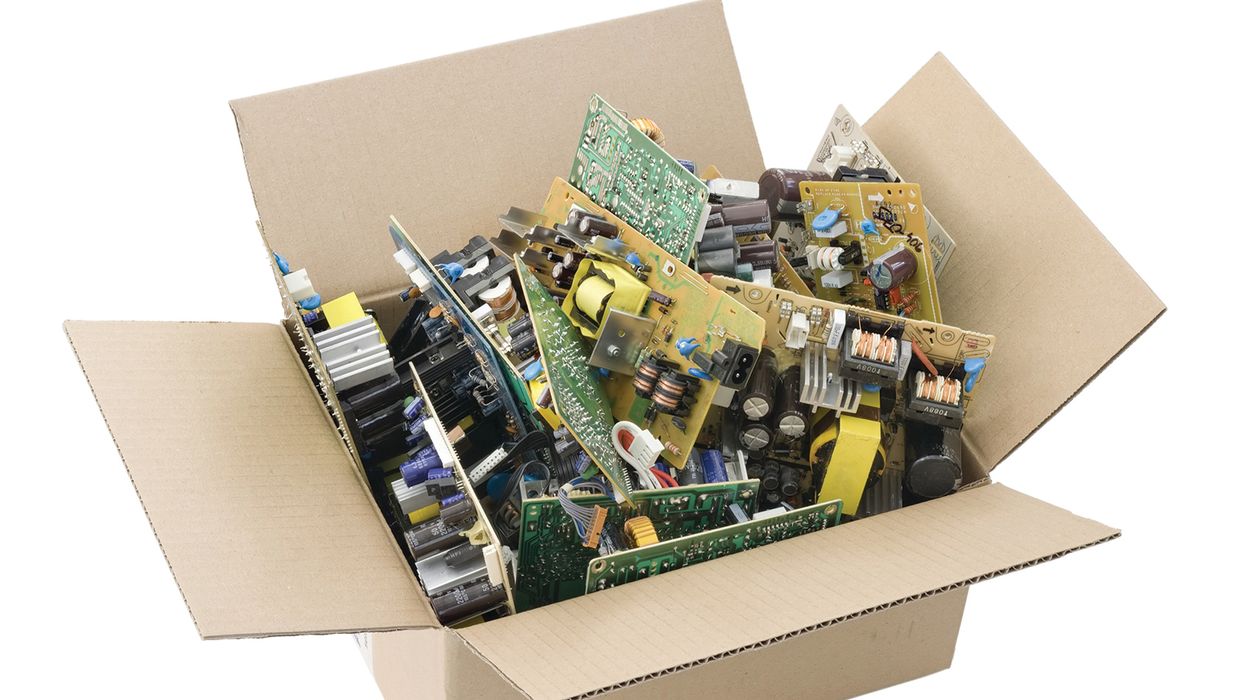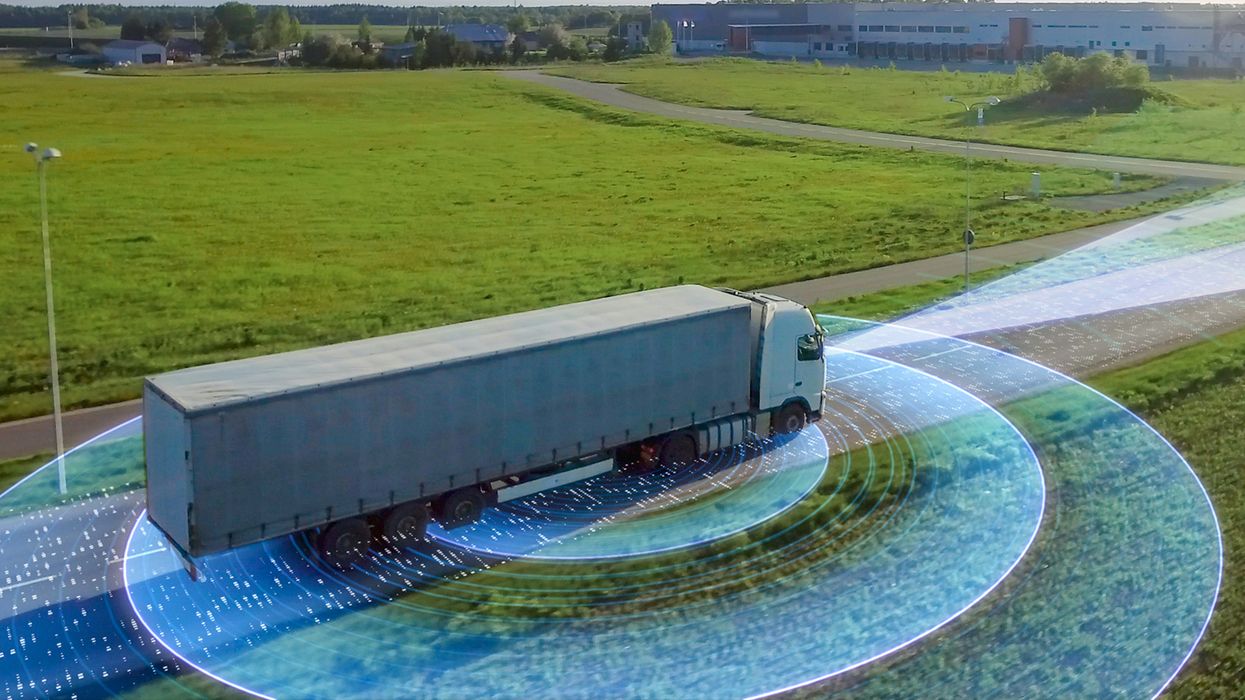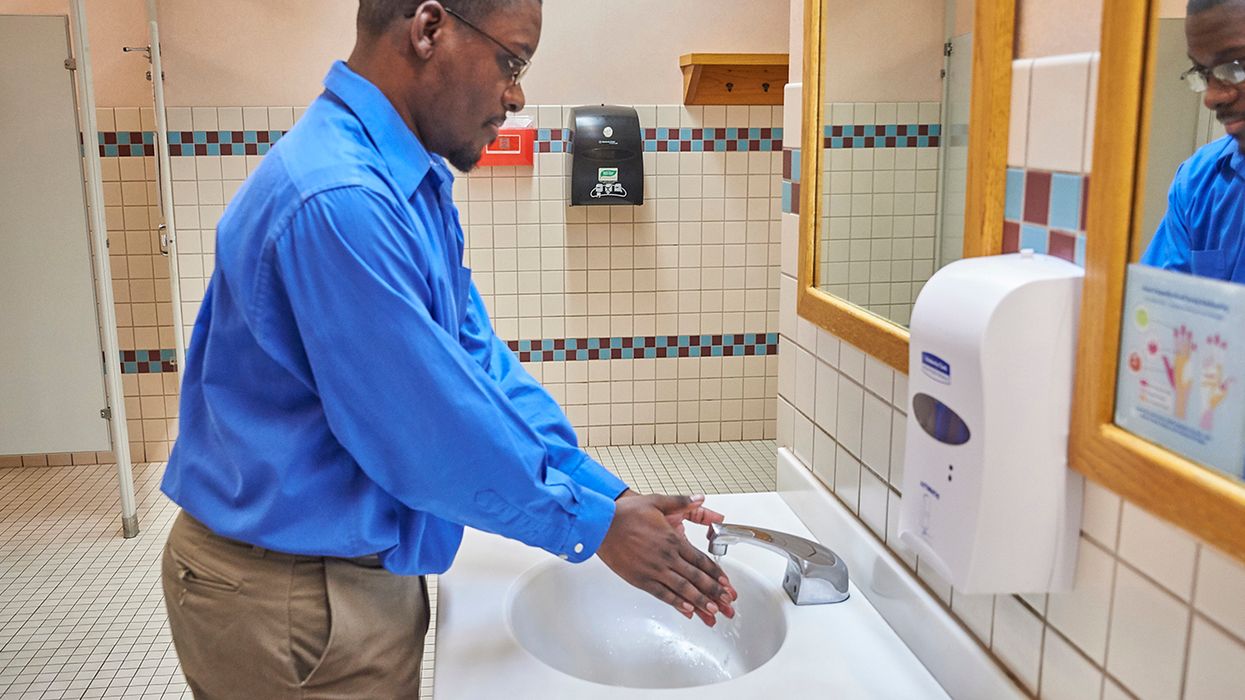Avoid NESHAP Mishaps: Determine whether your facility must comply
The Office of Management and Budget (OMB) recently completed its review of the proposed rule to expand the National Emission Standards for Hazardous Air Pollutants (NESHAP) for lime manufacturing plants. If the Environmental Protection Agency (EPA) finalizes the rule, it will regulate four additional hazardous air pollutants (HAPs). The OMB also has many other proposed NESHAP-strengthening rules queued for review.
This news likely brings up some questions. What exactly is a NESHAP? Is your facility subject to NESHAP regulations? Let’s take a closer look.
Defining NESHAP terms
EPA limits the amount of HAPs a facility can release into the air (or emit) through NESHAPs. The regulations apply to stationary sources, which are any buildings, structures, facilities, or installations that emit or may emit a HAP.
The agency puts stationary sources into industrial groups called source categories. Examples of the categories include asbestos, lead acid battery manufacturing, and petroleum refineries. EPA provides on its website a complete list of the source categories and where to find each category in the regulations.
Is my facility subject to NESHAPs?
The first potential mishap a facility faces is not knowing whether it’s covered by a NESHAP.
EPA controls HAP emissions in two ways. The rules under 40 CFR Part 61 regulate emissions by the type of HAPs released through specific activities, like removing asbestos when renovating a building. Part 63 regulates emissions based on the source categories, such as integrated iron and steel manufacturing.
To determine whether any NESHAPs apply to your facility, answer these questions.
1. Does your facility conduct any of the activities regulated under Part 61?
If your facility conducts any activities covered by Part 61, you must comply with the NESHAP for that specific activity and HAP. For example, a plant that produces vinyl chloride by any process is subject to the NESHAP for vinyl chloride (Part 61 Subpart F).
If your facility does not conduct any activities covered under Part 61, it’s not subject to the NESHAP regulations under Part 61.
2. Does a source category under Part 63 cover your facility?
If your facility does not fall under any source category identified in Part 63, it’s not subject to a NESHAP. However, if your facility is covered by a source category, you must then determine whether your facility is a major source or an area source.
Note that most source categories are regulated under Part 63, but a few are regulated under Part 61 in Subparts BB, C, D, E, F, FF, L, M, N, O, and P.
3. Does your facility qualify as a major source or an area source under Part 63?
A major source is any facility or group of facilities located on the same property under common control that emits or has the potential to emit either:
- 10 tons or more per year of any HAP, or
- 25 tons or more per year of any combination of HAPs.
An area source is any facility or group of facilities that emit HAPs below the major source thresholds.
It’s important to distinguish between major and area sources because both types have applicable NESHAPs based on different standards. Maximum Achievable Control Technology (MACT) standards apply to major sources and reflect the maximum degree of HAP emission reduction possible. Some area sources are subject to Generally Available Control Technologies standards, which are typically less stringent than MACT standards and require minimum management practices to reduce HAP emissions.
If your facility falls under a source category and is either a major source or an area source with an applicable NESHAP, it’s subject to the NESHAP regulations under Part 63.
Tips to avoid NESHAP mishaps
Help keep your facility compliant with these tips:
- Remember that NESHAPs are different from Title V operating permits, which require different compliance actions. Major sources and some area sources are required to obtain Title V operating permits.
- Check EPA’s Federal Register page regularly for proposed and final rules about NESHAPs. Determine whether your facility could or will be affected. Note any new NESHAP compliance deadlines to ensure your facility stays on track to meet the requirements.
- Evaluate the state requirements. EPA has delegated authority to many states to implement and enforce NESHAPs, and states may make minor changes to the rules.
Key to remember: The first step of compliance with the National Emission Standards for Hazardous Air Pollutants is to determine whether your facility is covered by the regulations.

